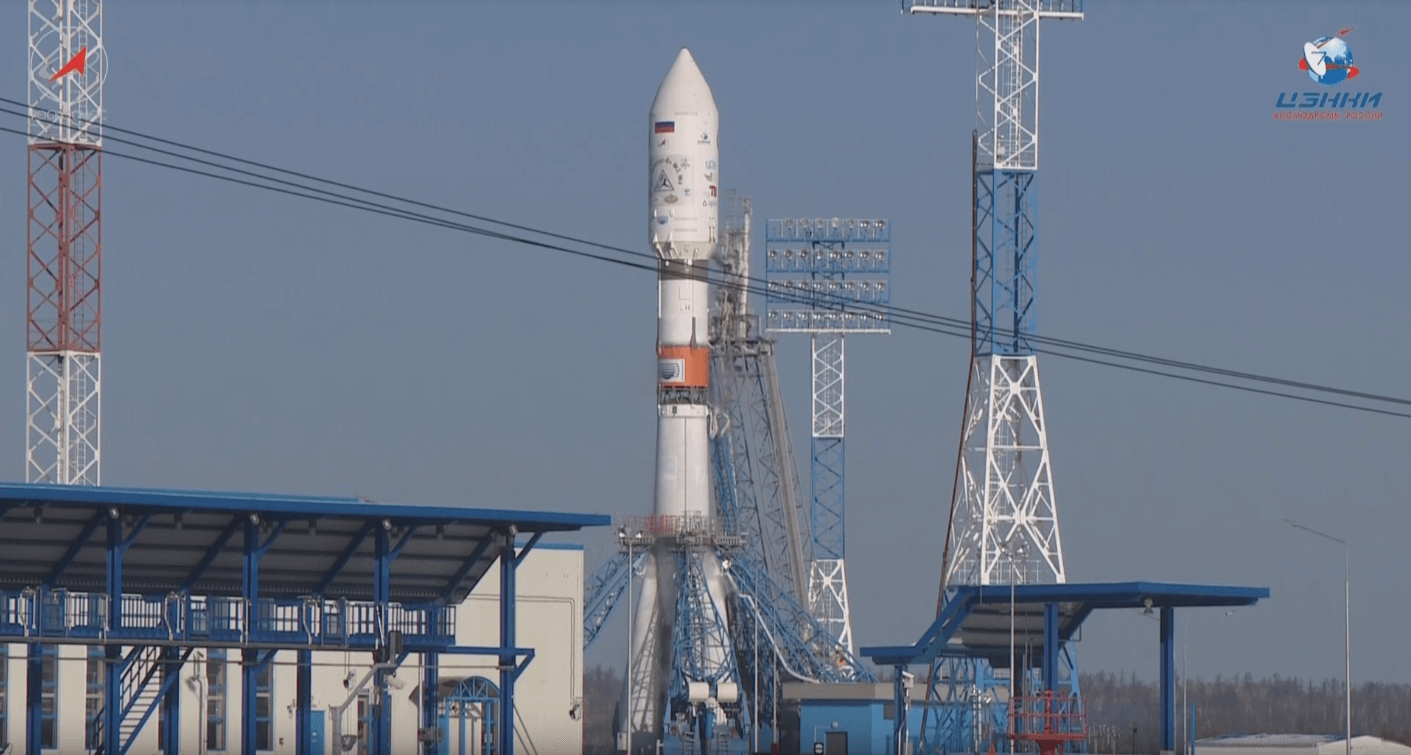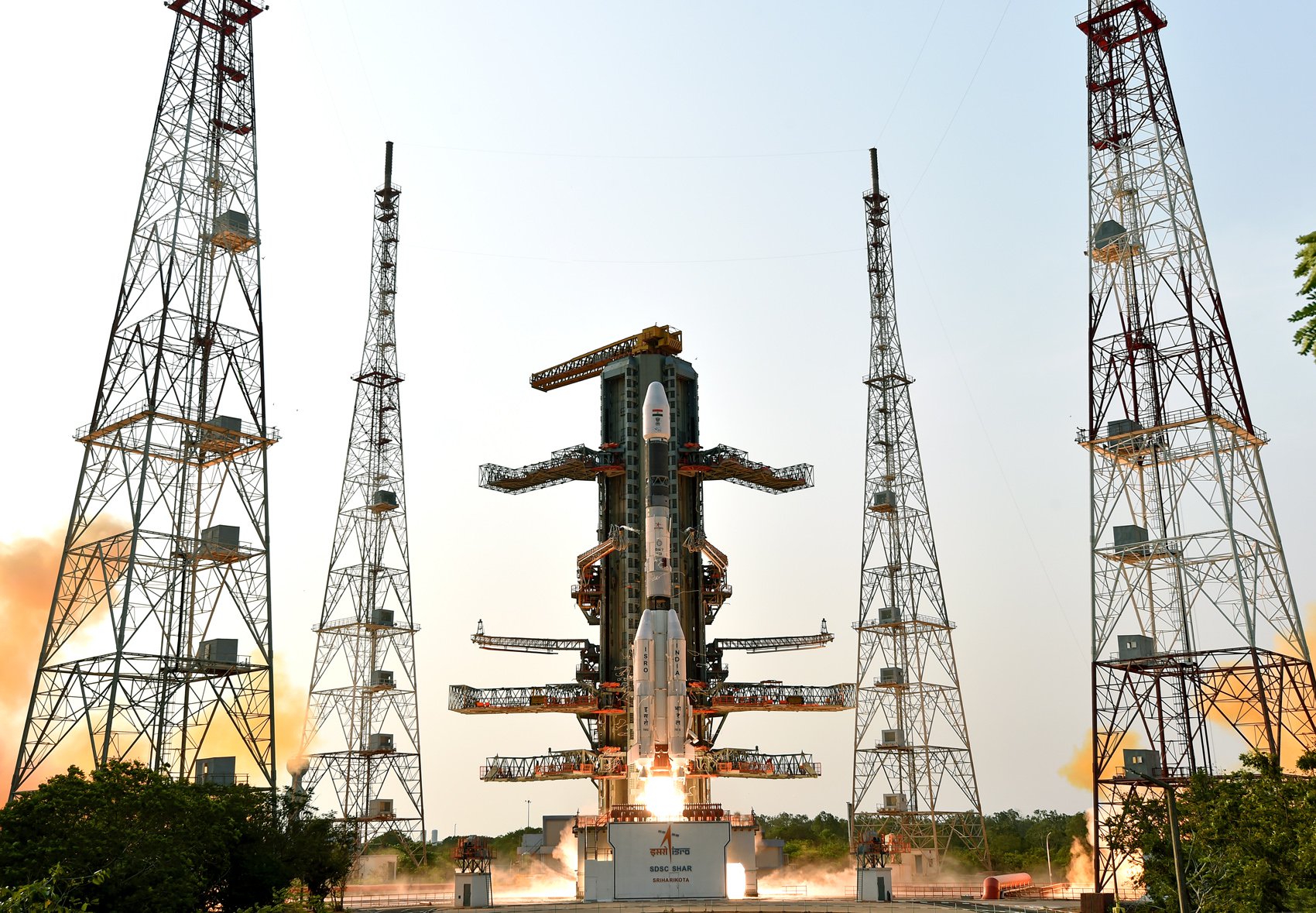· space brief · 6 min read
Space Brief 6 Jul 2025
Today’s brief covers the delayed launch of Australia's first orbital rocket, China's reusability programs, and the snow-enforced shutdown of a Chilean radio telescope.

📄Top Stories
Today’s top stories focus on the setbacks in launching Australia’s first orbital rocket and China’s progress in space program reusability. Additionally, rare weather disrupted operations at a major observatory in Chile.
📰Detailed Coverage
Gilmour Space Delays Australian Orbital Rocket Launch
The Australian aerospace firm Gilmour Space has postponed the launch of its Eris 1 rocket, which was to be a landmark event as Australia’s first orbital rocket. Initially scheduled for launch this week, the company cited the decision was made to ensure all parameters meet operational safety and success criteria.
This delay plays a notable role in the realm of satellite tracking. New orbital launches directly impact satellite traffic and available tracking data. You can explore how such launches affect satellite orbits with our web app’s tracking features.
Read the full story: Space Daily
China Advances Lunar Goals with Reusability Programs
China is ramping up its space activities, achieving two recent spacewalks from its Tiangong space station. This is part of a broader strategy to enhance their lunar program, including advancements in launch vehicle reusability, vital for long-term lunar exploration and sustaining a presence beyond Earth’s orbit.
China’s focus on reusability reduces costs and improves the frequency of access to space. Such developments are crucial for both military and civilian satellite operations, ensuring reliability and efficiency in satellite deployment and management.
Read the full story: NASASpaceFlight.com
Rare Snowfall Halts ALMA Operations
The Atacama Large Millimeter/submillimeter Array (ALMA), a powerful radio telescope in Chile, entered ‘survival mode’ when an unusual snowfall blanketed its base camp, creating operational challenges. The weather phenomenon is rare for the Atacama Desert, highlighting the unpredictability of Earth-based astronomical observations.
ALMA’s temporary shutdown impacts the continuum of data collection, critically affecting ongoing research. The telescope’s findings and data are instrumental in understanding the cosmos, playing a vital role in both scientific and applied uses like satellite calibration.
Read the full story: Space.com
Exploring our Celestial Emissaries: Planetariums Through History
For a century, planetariums have fascinated humans, bringing the stars and planets closer to Earth. These establishments have been crucial in education and outreach, demystifying the cosmos for generations while inspiring a deeper appreciation and understanding of astronomy.
Beyond their educational role, planetariums often feature satellite exhibits and demonstrations, providing insight into how satellites observe Earth and the universe. This historical perspective underscores their role in fostering public interest in space exploration.
Read the full story: Space.com
Celestial Phenomenon: The ‘Golden Handle’ on the Moon
Tonight, a rare lunar feature known as the ‘Golden Handle’ will be visible. This optical phenomenon occurs when the peaks of a lunar mountain range are illuminated by the sun, briefly creating the appearance of a ‘handle’ on the moon’s surface.
Observing such events connects enthusiasts and academics alike to the nuances of lunar topography and the dynamic nature of celestial bodies. This reminder of the moon’s intricate landscape often coincides with increased interest in brewing lunar exploration programs.
Read the full story: Space.com
🛰️Satellite Spotlight
- Satellite Name: CYGFM07
- NORAD ID: 41890
- Launch Date: December 15, 2016
- Mission: The CYGFM07 satellite is part of the Cyclone Global Navigation Satellite System (CYGNSS) program, designed to gather data on the Earth’s surface conditions, specifically for monitoring and understanding tropical cyclones and extreme weather events.
- Orbit: LEO (Low Earth Orbit)
- Operator: LARCN/SWRIB
- Fun Fact: CYGNSS utilizes a constellation of eight small satellites to capture high-resolution data about wind speed and direction on the ocean’s surface, significantly enhancing climate research and weather forecasting.
Track this satellite in real-time on our web app: Track CYGFM07
🌌Space Weather
Space weather conditions are currently quiet.
Current
R0 - S0 - G0
Last 24 Hour Maximums
R0 - S0 - G0
Recent Alerts
-
G1 - Minor Geomagnetic Storm Alert issued on July 6, 2025, at 05:39 UTC due to a K-index of 5.
- Potential Impacts:
- Weak power grid fluctuations possible.
- Minor impact on satellite operations.
- Aurora visible at high latitudes in northern U.S.
- Potential Impacts:
-
Extended G4 - Minor Geomagnetic Storm Warning valid until July 6, 2025, at 15:00 UTC.
- Potential Impacts:
- Similar to above, primarily for areas poleward of 65 degrees Geomagnetic Latitude.
- Potential Impacts:
-
G5 - Minor Geomagnetic Storm Warning issued on July 6, 2025, valid until 12:00 UTC.
- Potential Impacts:
- Similar to above, with auroras visible more broadly.
- Potential Impacts:
-
Extended G4 - Minor Geomagnetic Storm Warning issued on July 5, 2025, valid until 06:00 UTC on July 6.
- Potential Impacts:
- As previously noted.
- Potential Impacts:
Next 24 Hours
-
Radio Blackouts Probability
- Minor: 10
- Major: 1
- Risk: None
-
Solar Radiation
- Probability: 1
- Risk: None
-
Geomagnetic Storming
- Scale: 1
- Impact: minor
- Activity: Moderate
-
Impact Summary
- No risk of radio blackouts expected.
- No risk of solar radiation storms anticipated.
- Moderate geomagnetic activity is predicted with minor geomagnetic storms possible.
- No significant solar features are forecasted that could affect satellite operations or communication.
Long Term Forecast
- Forecast of Solar and Geomagnetic Activity (June 30 - July 26, 2025):
- Solar activity expected to remain low from June 30 to July 4.
- Moderate levels (R1-R2) likely from July 5 to July 26 with returns of old sunspot regions on July 5 and 12.
- No proton events expected at geosynchronous orbit.
- High levels of electron flux anticipated due to recurrent coronal hole high-speed stream (CH HSS) influence.
- Geomagnetic activity to fluctuate between unsettled and active levels, with G1 storms likely on specific dates.
🚀 Upcoming Space Launches
July 8
- SpaceX Falcon 9 Block 5:
- Starlink Group 10-28 from Cape Canaveral SFS, FL, USA (05:48 UTC)
- A batch of satellites for the Starlink mega-constellation - SpaceX’s project for space-based Internet communication system.
July 15
- Gilmour Space Technologies Eris-1:
- Maiden Flight from Bowen Orbital Spaceport (21:30 UTC)
- Maiden flight of Gilmour Space’s orbital launch vehicle Eris.
July 25
- ROSCOSMOS Soyuz 2.1b/Fregat-M:
- Ionosfera-M 3 & 4 from Vostochny Cosmodrome, Siberia, Russian Federation (05:54 UTC)
- Ionosfera is a constellation of research satellites for ionospheric and magnetospheric studies.
July 26
- Arianespace Vega-C:
- CO3D & MicroCarb from Guiana Space Centre, French Guiana (02:03 UTC)
- CO3D is a satellite constellation designed to map the globe in 3D, while MicroCarb maps carbon dioxide sources and sinks globally.
July 30
- Indian Space Research Organization GSLV Mk II:
- NISAR (NASA-ISRO Synthetic Aperture Radar) from Satish Dhawan Space Centre, India (11:30 UTC)
- This mission will use advanced radar imaging to map Earth’s land and ice masses.
July 31
-
SpaceX Falcon 9 Block 5:
- Bandwagon 4 (Dedicated Mid-Inclination Rideshare) from Cape Canaveral SFS, FL, USA (00:00 UTC)
- Dedicated rideshare flight carrying multiple small satellites.
-
SpaceX Falcon 9 Block 5:
- Crew-11 from Kennedy Space Center, FL, USA (00:00 UTC)
- Eleventh crewed operational flight of a Crew Dragon spacecraft to the ISS as part of NASA’s Commercial Crew Program.
-
SpaceX Falcon 9 Block 5:
- Project Kuiper (Falcon 9 #1) from Cape Canaveral SFS, FL, USA (00:00 UTC)
- First launch for Amazon’s Kuiper low Earth orbit satellite internet constellation.
-
China Aerospace Science and Technology Corporation Long March 7:
- Tianzhou-9 from Wenchang Space Launch Site, People’s Republic of China (00:00 UTC)
- Eighth cargo delivery mission to the Chinese space station.
-
United Launch Alliance Vulcan VC4S:
- USSF-106 from Cape Canaveral SFS, FL, USA (00:00 UTC)
- Mission for the United States Space Force, deploying various payloads into geosynchronous orbit.
Note: Launch dates and times are subject to change due to technical or weather considerations.

Maurice Stellarski





